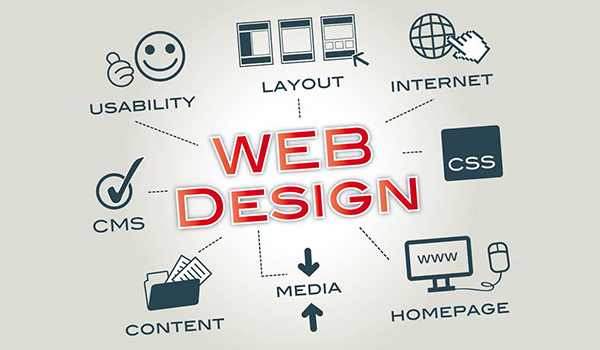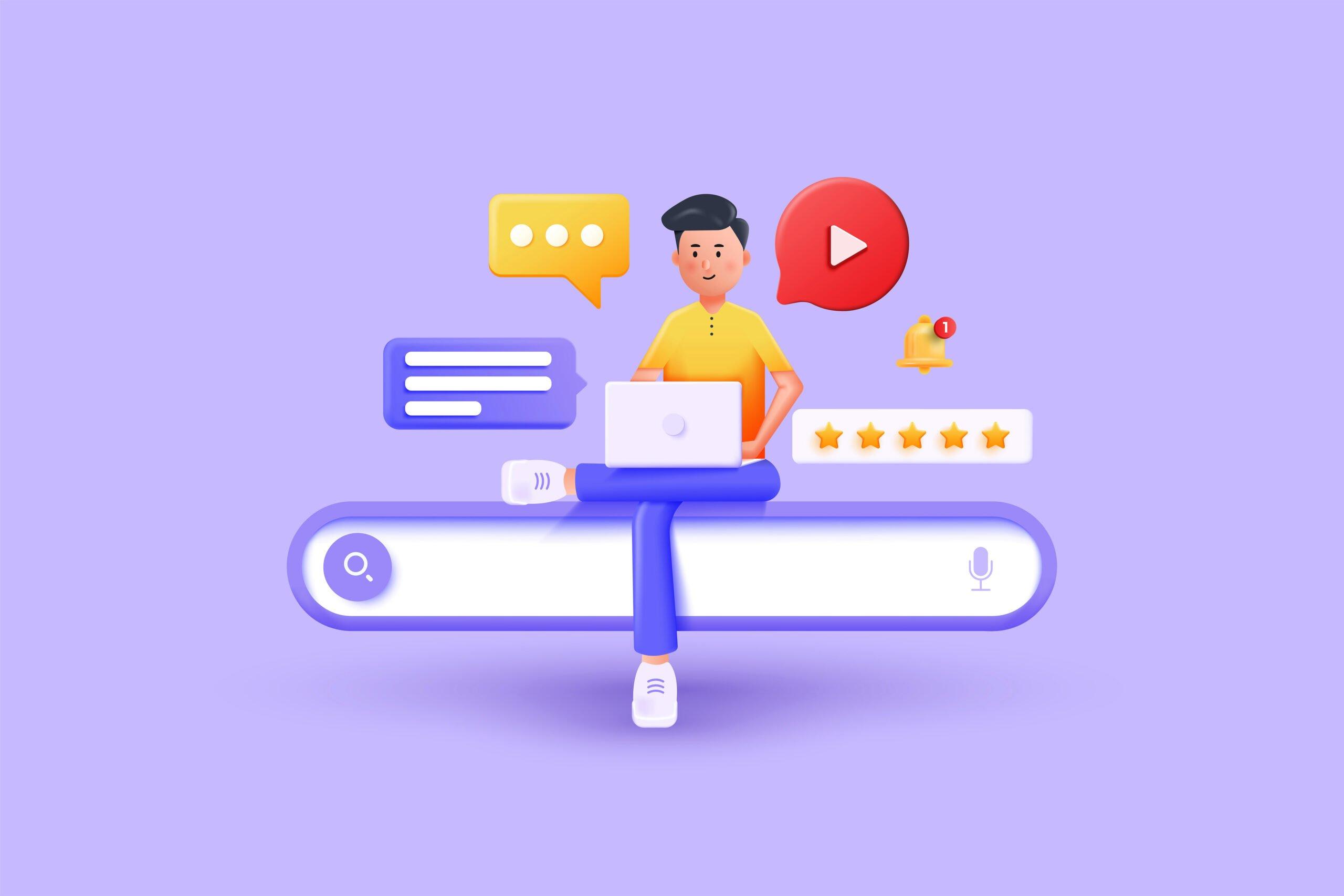Aligned Position Web Design: Delivering High-Quality, User-Friendly Web Designs for Every Industry
Aligned Position Web Design: Delivering High-Quality, User-Friendly Web Designs for Every Industry
Blog Article
The Ideal Sorts Of Website Design to Boost Individual Experience and Interaction
In the ever-evolving landscape of digital interaction, the effectiveness of Web style significantly impacts individual experience and interaction. Different style approaches, such as minimalist, responsive, and interactive layouts, each offer distinct advantages that can provide to diverse user needs.
Minimal Website Design
As digital landscapes become increasingly cluttered, minimalist Web layout has actually emerged as a powerful technique to boosting individual experience. This style ideology prioritizes simplicity, concentrating on crucial elements while eliminating unnecessary distractions. By utilizing sufficient white area, straightforward navigating, and a restricted shade palette, minimalist layout fosters clarity and routes customer interest to essential web content.
The core principle of minimal website design is to produce a smooth communication for users. By minimizing cognitive tons, individuals can promptly comprehend information without feeling bewildered. This direct method not only boosts functionality however likewise urges involvement, as visitors are most likely to explore a site that is aesthetically attractive and very easy to navigate.
In addition, minimalist style frequently emphasizes typography and imagery, utilizing these elements tactically to communicate messages effectively. In essence, minimal Web layout is not simply a pattern; it is a thoughtful approach that acknowledges the value of user-centered style.
Receptive Web Layout
In today's varied electronic environment, receptive website design has become important for creating a smooth user experience throughout a plethora of gadgets. As users accessibility websites on mobile phones, tablet computers, desktops, and laptop computers, the capacity of a web site to adapt its design and content to various screen sizes and resolutions is critical.
Receptive website design employs flexible grids, photos, and CSS media inquiries to guarantee that Web content is provided efficiently, no matter the device utilized. This approach not just boosts the visual charm of an internet site however also substantially improves use. Users are most likely to involve with a website that provides a regular experience, as it gets rid of the aggravation of having to zoom in or scroll excessively.
Furthermore, internet search engine, consisting of Google, focus on mobile-friendly sites in search positions. By taking on responsive style, services can enhance their exposure and reach a more comprehensive target market. This technique additionally simplifies site upkeep, as a solitary variation of the website can accommodate all gadgets, decreasing the need for several variations. In summary, responsive website design is a basic method that boosts customer experience, involvement, and overall fulfillment.
Interactive Web Design
Responsive website design lays the groundwork for enhancing customer experience, however interactive Web style takes this an action better by involving customers in a more dynamic way - Aligned Position Web Design. By integrating elements such as animations, clickable prototypes, and real-time feedback, interactive Web style astounds individuals, drawing them into a richer browsing experience
This approach not only cultivates engagement however also encourages users to explore material proactively instead of passively eating it. Methods such as gamification, where customers make incentives for finishing tasks, can considerably enhance the moment invested in a website and enhance total contentment. Interactive functions can streamline complicated information, making it extra absorbable and satisfying.

Incorporating interactive design aspects can likewise lead to higher conversion prices, as users are most likely to involve with a website that actively includes them. Aligned Position Web Design. Inevitably, interactive website design transforms user experiences right into unforgettable journeys, making sure that site visitors return time after time
Flat Style
Identified by its minimalistic technique, flat layout stresses simplicity and capability, stripping away unnecessary components and concentrating on essential attributes. This layout philosophy focuses on use, ensuring that individuals can browse interfaces easily and performance. By utilizing a clean visual, flat design eliminates the clutter often found in much these details more elaborate styles, thereby enhancing user concentrate on web content and functionality.
The characteristic of level design hinges on its use bold shades, simple typography, and geometric forms. These aspects add to a visually attractive interface that is both approachable and contemporary. Additionally, flat style fosters a sense of clarity, permitting individuals to discern essential actions and info without distraction.
Additionally, level design is specifically effective in responsive Web style, as its simpleness equates well across numerous devices and screen sizes. By focusing on necessary attributes, flat layout not just meets user needs yet likewise encourages seamless interaction, making it an essential element of efficient Web design methods.
Adaptive Web Layout
Flexible Web design personalizes the individual experience by developing several dealt with designs tailored to different display dimensions and gadgets. Unlike receptive design, which fluidly adjusts a single layout, flexible layout uses unique formats for particular breakpoints, guaranteeing ideal presentation on different platforms. This approach permits designers to focus on the unique qualities of each device, improving functionality by supplying precisely what users need based upon their context.
One of the key advantages of adaptive Web layout is its capacity to like it maximize load times and performance. By serving customized web content and pictures that fit the individual's device, web sites can lessen data usage and improve loading rates. This is specifically beneficial for customers with slower links or limited information strategies.

In addition, flexible design helps with an extra consistent and controlled branding experience. Because developers create several designs, they can ensure that the visual aspects straighten with the brand's identity throughout various platforms - Aligned Position Web Design. This causes a cohesive user experience, improving interaction and promoting individual retention
Verdict
In conclusion, the assimilation of minimalist, responsive, and interactive website design principles considerably boosts customer experience and engagement. Minimalist style fosters quality and focus, while receptive layout guarantees versatility across various gadgets, promoting ease of access. Interactive style captivates users through dynamic aspects, motivating exploration and customization. Jointly, these style approaches add to the production of user-friendly environments that not only improve fulfillment however additionally drive greater conversion prices, highlighting their essential importance in modern website design strategies.

Minimal layout promotes clearness and emphasis, while responsive layout makes sure flexibility throughout numerous devices, promoting ease of access. Collectively, these style approaches contribute to the development of easy to use atmospheres that not just enhance contentment but likewise drive higher conversion rates, underscoring their vital value in contemporary Web design techniques.
Report this page